Location
The Golconda fort is situated close to the Tolichowki and Mehdipatnam neighbourhoods in Hyderabad.
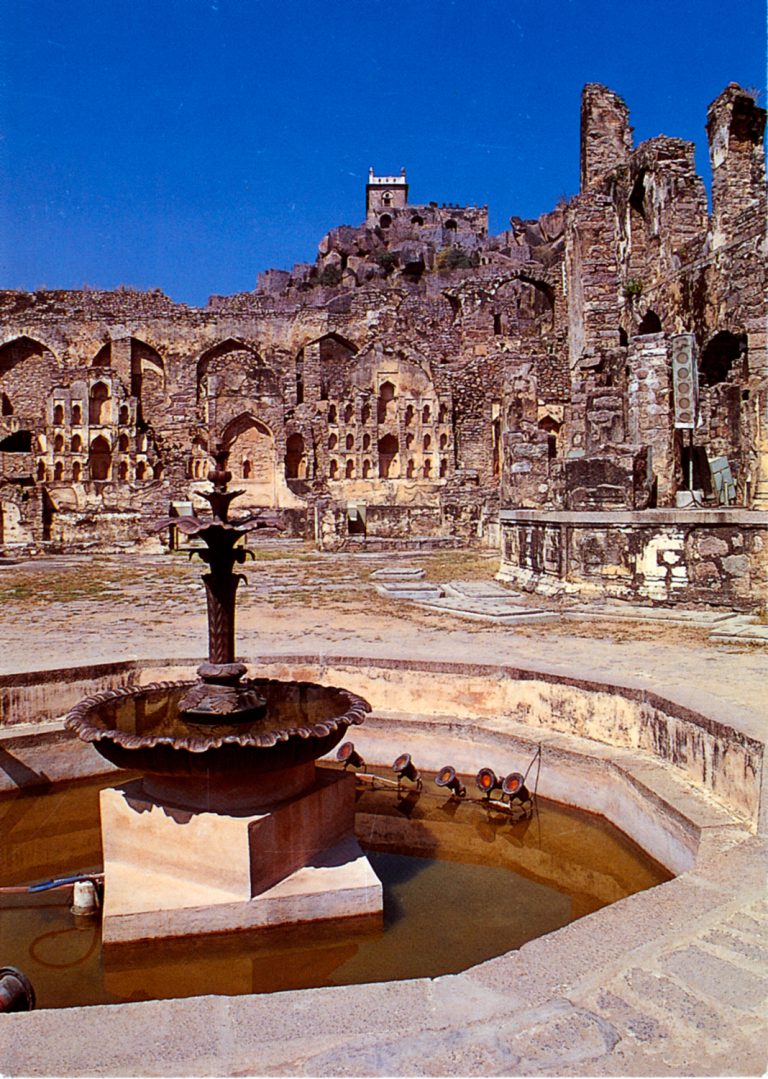
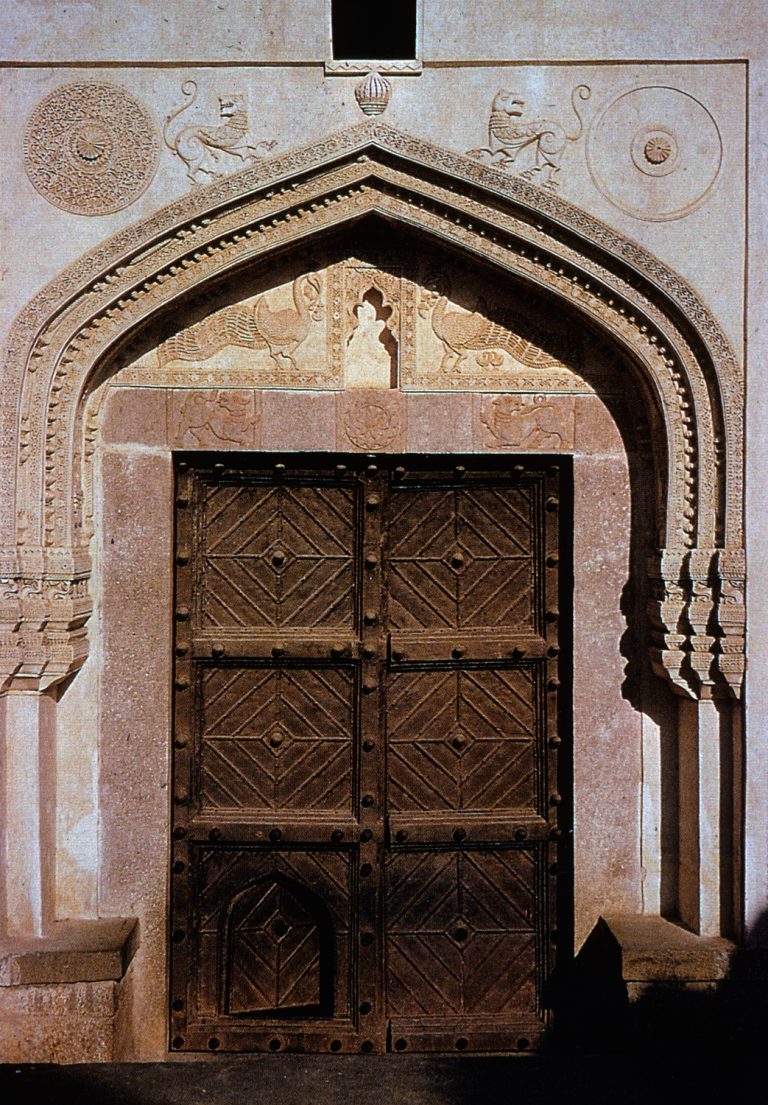
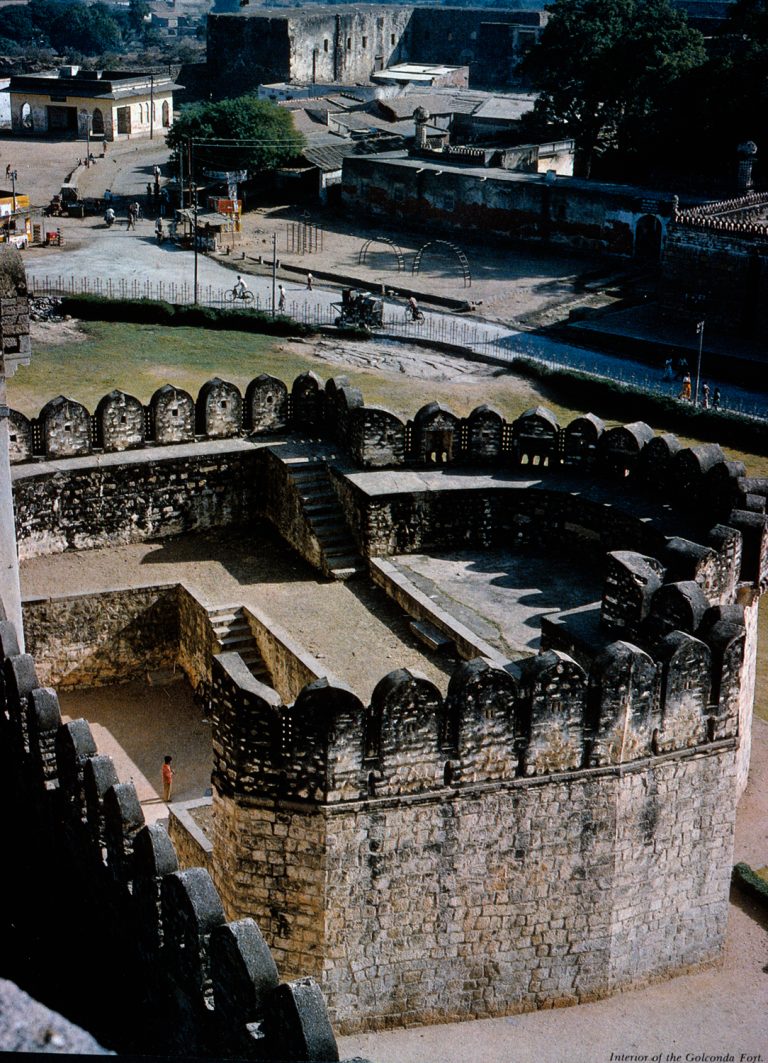
Description
Construction of the Golconda Fort started in 1518, before which the site housed a small Kakatiyan mud fort known as Mankhal. The Fort was built by Sultan Quli Qutb ul Mulk, who was the tarafdar of the ‘Tilang’ precinct of Bahmani empire and declared his supremacy over it after the fall of the Bahmani empire.
Sultan Quli initially named his fort Qila Muhammad Nagar and made the first stone walls of the fort. One of the first buildings was the Safa Masjid, named after the Safavid Empire in Iran. The fort was extended over the years of the Qutb Shahi reign, especially under Ibrahim Quli Qutb Shah and Abdullah Qutb Shah. The water system within the fort is notable and consists of stepwells, water tanks, qanats (underground water channels) and aqueducts which brought water from the Durgam Cheruvu lake to the Golkonda Fort via gravity and Persian wheels to raise the water to higher levels. This ensured that Golkonda fort never ran out of water.
Sultan Quli was born in Hamedan, Iran and was the descendent of Muhammad Qara, the chief of the Turkman tribe Qara Qoyunlu which translates to ‘Black Sheep’. The current name of the fort ‘Golconda’ comes from ‘Golla Konda’ that translates to ‘Shepherd’s Hill’.
Existing Condition
Various parts of the fort complex are in ruins.
Archive
Contributors
The Deccan Archive

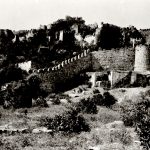
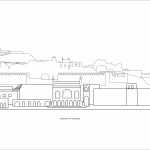
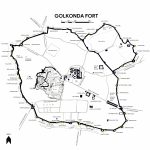
Very interesting!